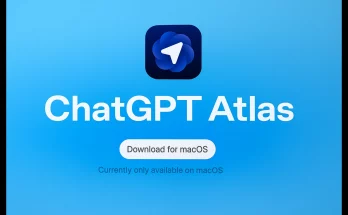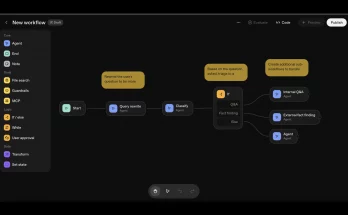DeepSeek V3.1 has just made a hush-hush debut, yet it could be the most formidable open-source AI available today. The Chinese startup has taken the global AI scene by storm with its large-scale 685-billion parameter model. It competes fiercely with established American AI giants and brings a new dimension to the competitive space through its open-source nature.
Quiet Launch with a Big Impact
Launched by the Hangzhou-based DeepSeek, backed by High-Flyer Capital Management, the V3.1 model was uploaded to Hugging Face without much fanfare. Yet, it quickly began pulling in attention as early performance tests reported benchmark scores challenging the likes of OpenAI and Anthropic. With an open-source license, this release ensures no geopolitical barriers hinder global access.
Catalyst for Change in AI Development
The release of DeepSeek V3.1 signifies more than just an upgrade in AI capabilities; it symbolizes a revolution in the developmental and distribution landscape. This could have sweeping implications for the ongoing tech rivalry between the USA and China as it climbs the popularity charts on platforms like Hugging Face, and researchers worldwide are impressed by its capabilities.
Performance Metrics That Impress
- It scored a remarkable 71.6% on the esteemed Aider coding benchmark, positioning itself among elite AI models.
- Utilizing an advanced architecture, DeepSeek V3.1 can process up to 128,000 tokens– equivalent to a 400-page book.
- It supports various tensor formats including BF16, F8_E4M3, and F32 to enhance flexibility for developers.
Disrupting Traditional AI Economics
DeepSeek’s release comes at a time when major players like OpenAI and Anthropic are offering models with high price tags and strict API limitations. By offering their model for free download and modification, DeepSeek is changing how AIs are developed and distributed, echoing past disruptions seen in software industries. Enterprise decision-makers can now leverage high-tier AI capabilities without steep licensing fees.
Timing and Business Implications
DeepSeek’s careful timing aligns perfectly with OpenAI’s launch of GPT-5 and Anthropic’s Claude 4. By offering a comparable solution that prioritizes open source, DeepSeek questions the traditional closed-off models of American AI that control and monetize intellectual property. Instead, they offer easy access to their technology as a means of accelerating innovation.
Major Cost Savings for Enterprises
With a task cost of roughly $1.01, DeepSeek V3.1 performs tasks that typically cost enterprises around $70 with conventional systems. For organizations with thousands of daily AI interactions, this translates to substantial savings, reaching millions of dollars annually.
A Community Embracing Innovation
Developers across the globe embraced DeepSeek V3.1 within hours of its release, indicating that technical merits are more influential than national origin. As global collaboration in AI develops, Chinese models are increasingly esteemed for technical excellence.
Future of AI Competition
DeepSeek’s launch does not merely herald a technological advancement; it suggests that the race towards sophisticated AI capabilities may pivot towards accessibility rather than just prowess. This paradigm shift could lead to an accelerated adoption of AI technologies globally, diminishing reliance on American platforms and potentially reshaping global technology leadership.
The Final Outlook
The emergence of DeepSeek V3.1 emphasizes the necessity of accessibility in AI. With open-source options providing better performance at lower costs, American businesses are presented with challenges to validate their premium pricing structures. This new competitive climate fosters innovation while complicating sustainable business models in an industry where costs approach zero and advantages become short-lived.
The landscape of artificial intelligence is evolving, wherein accessibility and innovation could trump traditional models of exclusivity and scarcity.



